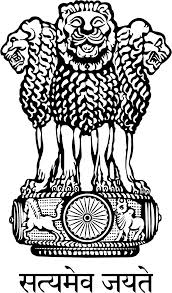Malaria Introduction
BackINTRODUCTION

- Malaria is a potentially life threatening parasitic disease caused by parasites known as Plasmodium viviax (P.vivax), Plasmodium falciparum (P.falciparum), Plasmodium malariae (P.malariae)and Plasmodium ovale (P.ovale)
- It is transmitted by the infective bite of Anopheles mosquito
- Man develops disease after 10 to 14 days of being bitten by an infective mosquito
- There are two types of parasites of human malaria, Plasmodium vivax, P. falciparum, which are commonly reported from India.
- Inside the human host, the parasite undergoes a series of changes as part of its complex life cycle. (Plasmodium is a protozoan parasite)
- The parasite completes life cycle in liver cells (pre-erythrocytic schizogony) and red blood cells (erythrocytic schizogony
- Infection with P.falciparum is the most deadly form of malaria.


























